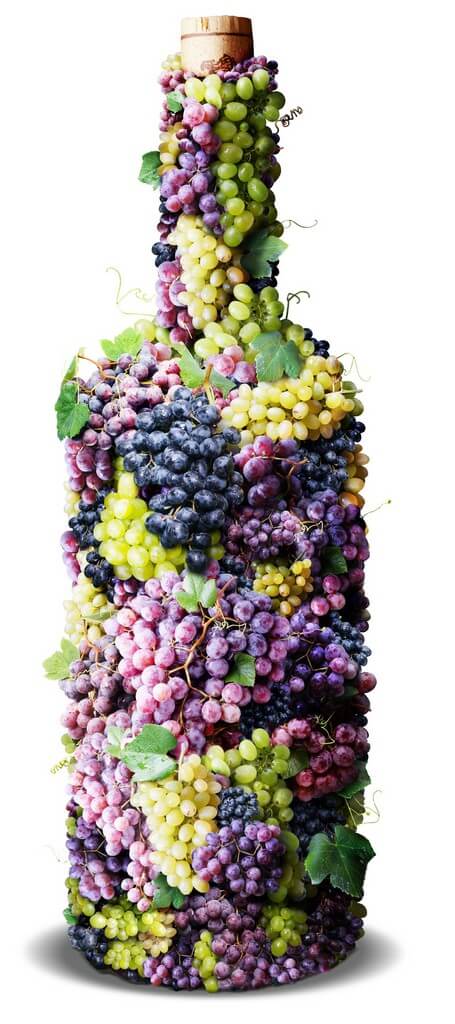Did you know that the history of viticulture in our territory dates back to the 6th century B.C.? We bring you interesting information about the history of Slovak grape growing, wine regions and the most popular varieties grown here.
The beginnings of wine history
Archaeological findings called Seven Vineyard Knives from the sixth and seventh centuries B.C. indicate that the first people to grow grapes in this region were the Celts. They produced wine and exported it as luxury goods to northern regions.
Romans, who came after Celts, founded vineyards on the slopes of the Small Carpathians more than two thousand years ago, marking the time when grapevines (Vitis vinifera) became more prevalent.
Noble varieties of grapevines were brought by the Romans during the reign of emperor Marcus Aurelius Probus (276-282 AD). When the first Slavs reached this territory, viticulture and wine making had already been fully developed.
Viticulture continued to flourish until the thirteenth century, when most of the vineyards were destroyed following a Tatar invasion. The arrival of colonizers in the fifteenth century, Germans in the west and Italians throughout the whole Tokaj region, marked the revival of winegrowing. With the exception of the Orava region, vineyards could be found throughout Slovakia.
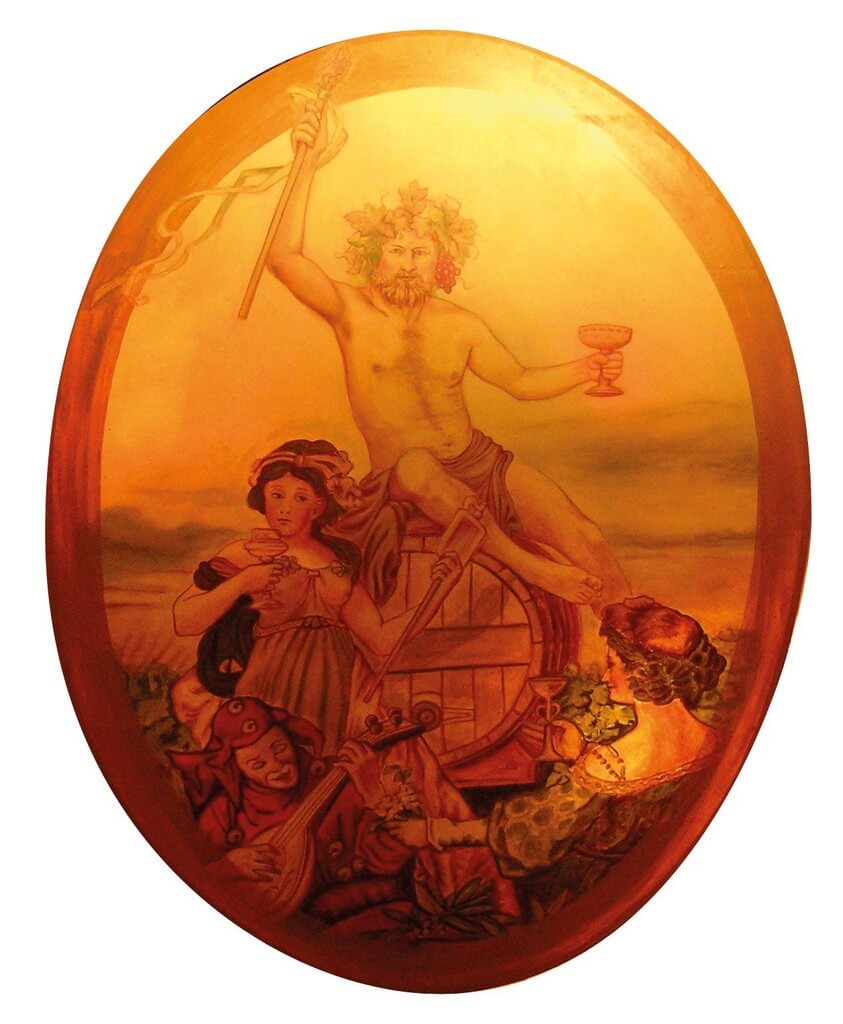
History of Slovak viticulture and winemaking

They were spread not just in the currently well-known wine regions, such as Malokarpatský (Small Carpathian), Južnoslovenský (Southern Slovakia), Stredoslovenský (Central Slovakia), Východoslovenský (Eastern Slovakia), Nitriansky, and Tokaj, but also in the Liptov region (Ružomberok), Spiš (Levoca), and the northeastern part of Slovakia (Prešov, Bardejov).
However, up to 70% of the total wine sold in Slovakia came from western Slovakia and the region of Hont. Bratislava played a very important role during that time, primarily thanks to the Danube trade route. Bratislava is considered to be the oldest winegrowing village in Slovakia.
Written records confirming winegrowing in its territory date back to 997-1038 AD. At the beginning of the fifteenth century, specifically in 1435, 474 winegrowing families, owning 2,003 vineyards, were registered in Bratislava.
In the same year, these wine growers produced 226,952.5 ”okov“ of wine, equalling to roughly 15,356 hectolitres of wine, on which the so-called tithe (one tenth) tax was levied. During this time, the tradition of paying taxes amounting to one ninth and one tenth of one’s income or crop yield, as well as vineyard property and production taxes payable to municipalities and rulers, was established. This type of economy further promoted the development of crafts. Municipalities were then able to earn various privileges and freedoms.
Toward the end of the fifteenth century, winemaking guilds started popping up and winegrowing and winemaking traditions were handed down to new generations. In the second half of the sixteenth century, annual winemaking production reached 650 – 700 thousand hectolitres of wine, while the population was roughly 1 million. Later in the 16th and 17th centuries, most likely due to its low profitability, winegrowing on such large geographic areas started to scale down. At the beginning of modern times, winegrowing continued to develop on a decreased geographic area, roughly the same as what it is today.
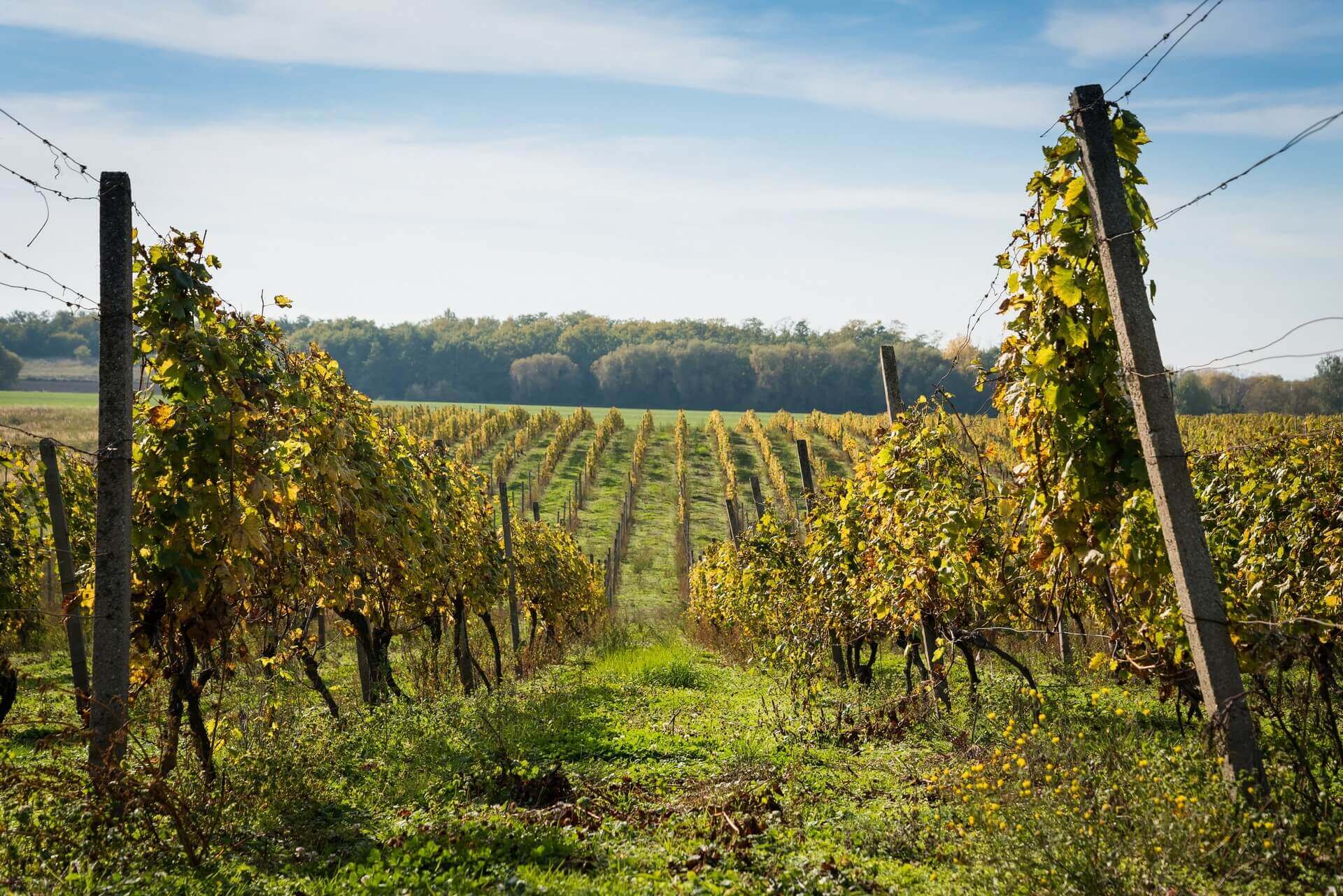
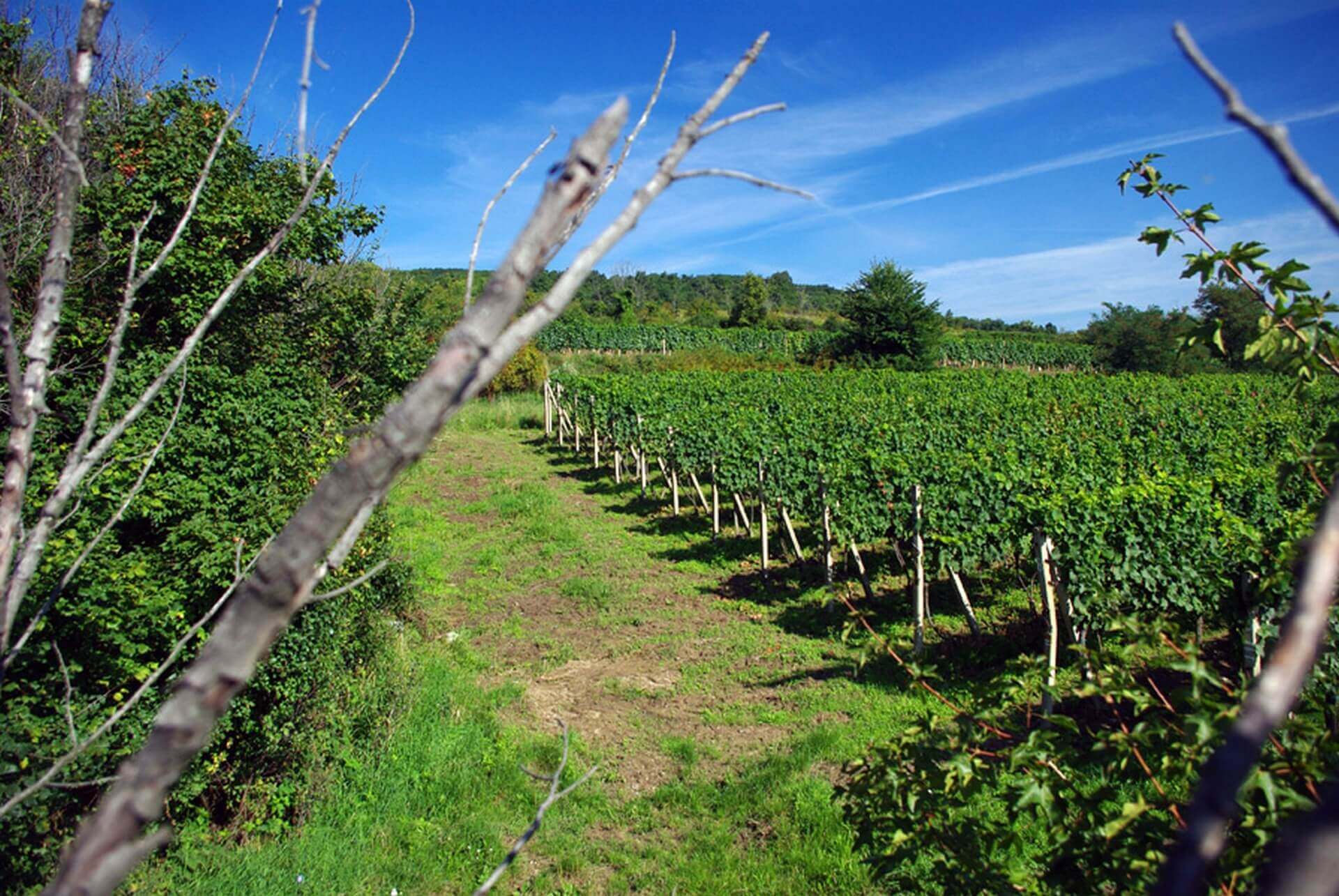
The decline in winemaking continued throughout the 18th and 19th centuries, due to newly acquired diseases (Perenospora) and pests (Phylloxera) all the way to the 1920s (the period of the economic crisis) and the period between the two world wars, until the 1960s. The biggest areal growth of winegrowing in Slovakia was recorded in the 1960, up to 1980s. However, it was marked by the collectivization and mass production, irrespective of wine quality. In comparison to the year 1945 when grapes were grown on 15,250 hectares, the winegrowing area had increased to 32,140 hectares in 1985. The most recent two decades have been marked by a continuous decrease of the total winegrowing area, representing hardly 10,000 hectares today. Winegrowers and winemakers of today use state-of-the-art technologies which, coupled with the rich history and traditions, enable them to produce wines of the highest quality.
Climate conditions in Slovakia
Slovakia is a Central European country with climate conditions similar to those of its neighbouring winemaking countries: the Czech Republic, Hungary, and Austria.
Viticulture is concentrated in the southern part of the country, primarily on the southern, south-eastern, and southwestern slopes of the Carpathian Mountains, which take up approximately two thirds of Slovakia’s total area.
Slovakia’s winegrowing territory is divided into six regions that are further divided into 40 winegrowing subregions and 702 winegrowing municipalities. Each of the regions has its own specific climate conditions and distinctive history.
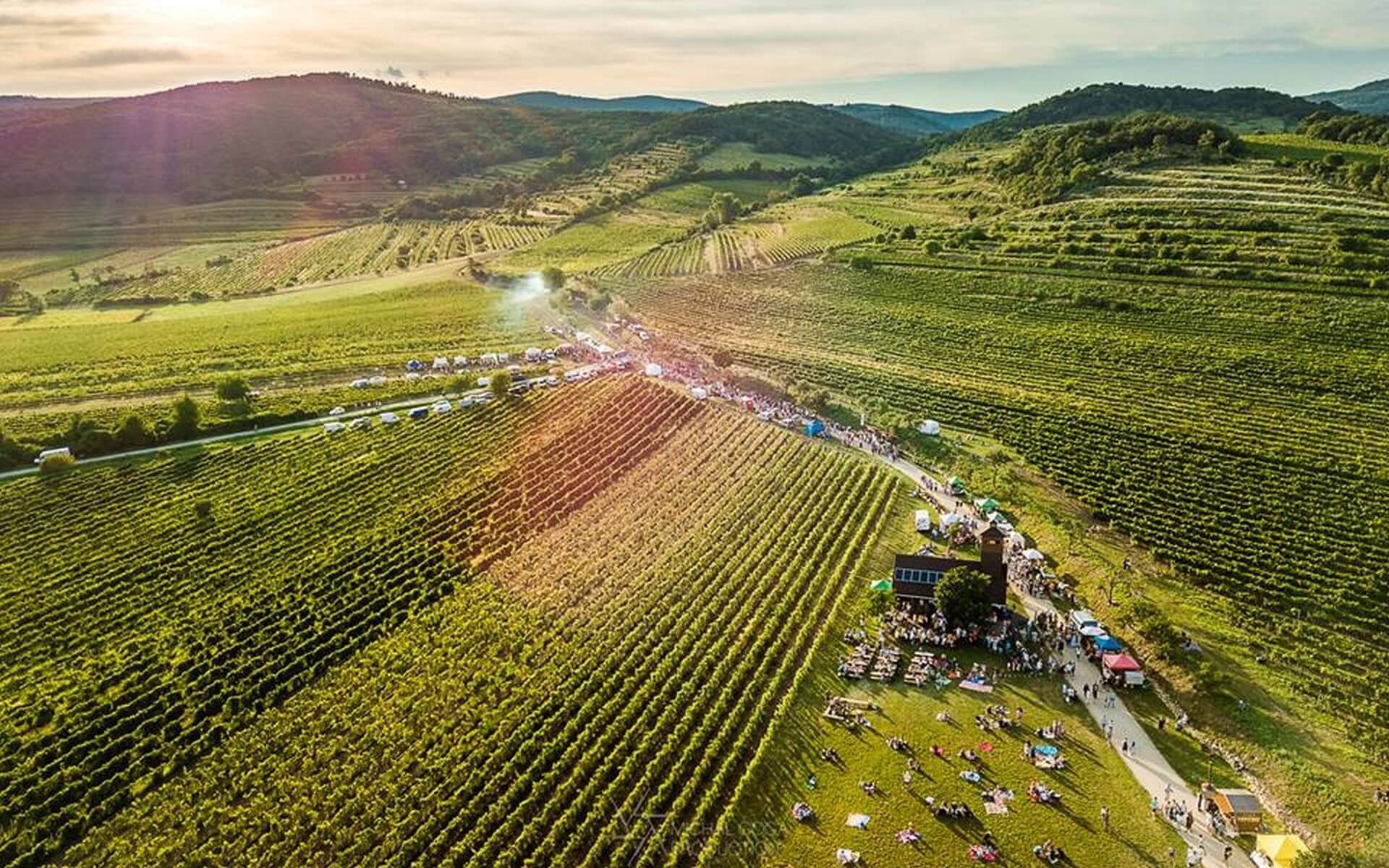
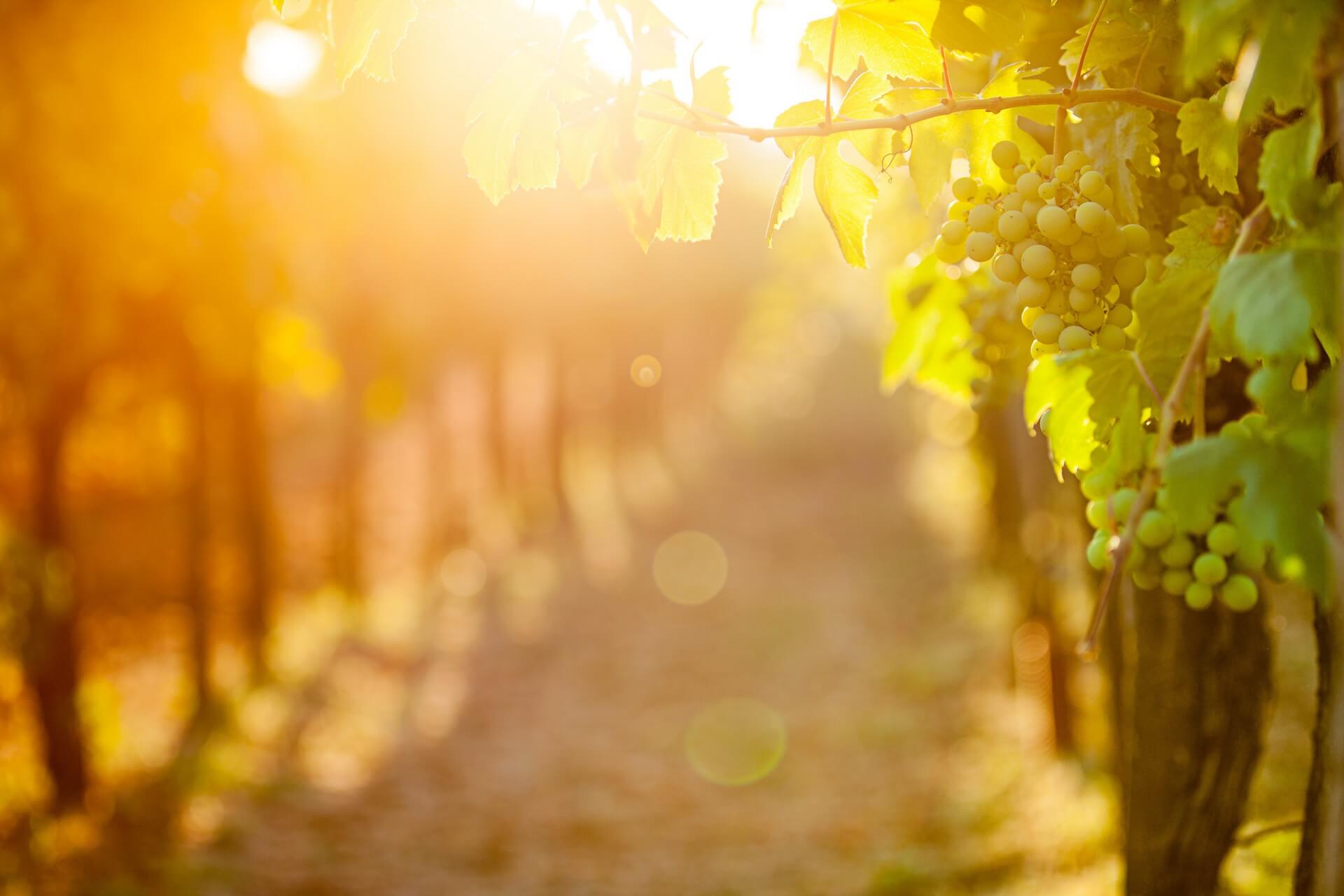
The climate is mildly continental and, compared to Western Europe, its seasons are more pronounced. On average, the temperature difference between summer and winter is approximately 20°C. On the other hand, summers in Slovakia are characterized by less sunshine and warmth than in the Mediterranean region.
The geological substrate of Slovakia’s winegrowing regions varies wildly. It includes crystalline rocks, limestone, volcanic rocks, as well as fluvial and aeolian sediments. This diversity, which is further emphasized by the topographical variability, result in huge potential as far as the uniqueness of Slovak wines is concerned.
Slovak wine growing regions
Slovakia’s winegrowing territory is divided into six regions that are further divided into 40 winegrowing subregions and 702 winegrowing municipalities.
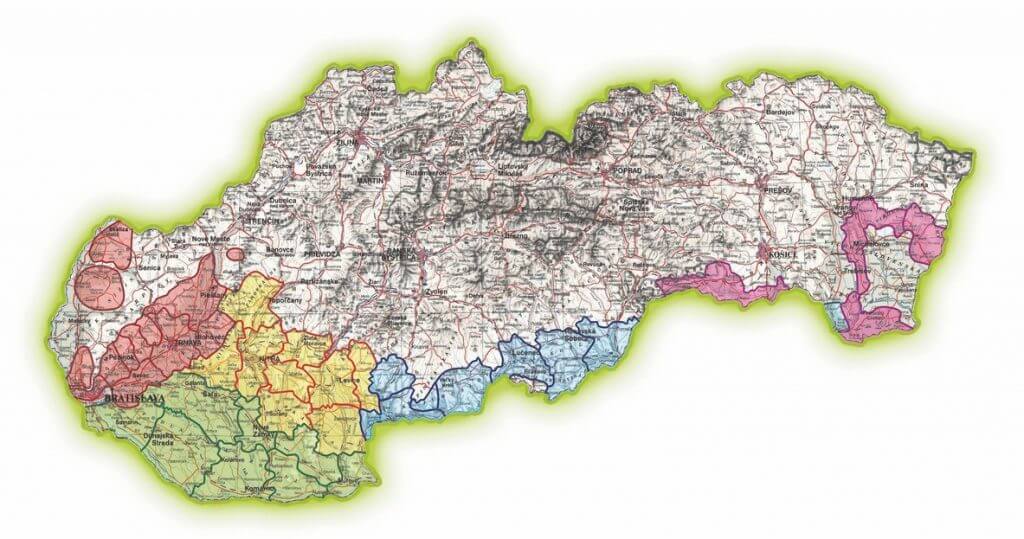
Small Carpathian winegrowing region
Wines from this region come from the heart of Europe. They are multiethnic, yet Slovak. They bear the ancient heritage of the Celts and the Romans, as well as the Mossel Germans and, of course, the Slovaks. They are born in the southwestern part of Slovakia, its oldest and most famous winegrowing region. The region stretches from the confluence of the Danube and Morava rivers , all the way to Čachtice, known for its infamous countess Elisabeth Báthory; from the rolling hills near Hlohovec, up to Skalica in the Záhorie region. This small area concentrates an unusual mixture of soils, all different in their geological composition. Local vineyards and their unique terroir have produced clearly defined varieties of wines which, in the Middle Ages, were worth their weight in gold. They include the revived Grüner Veltliner, the famed Welschriesling, the original Dievčie hrozno and Grüner Silvaner , the modern European Chardonnay, the unique Devín, the timelessly regal Blaufränkisch, as well as the traditional Blauer Portugieser.
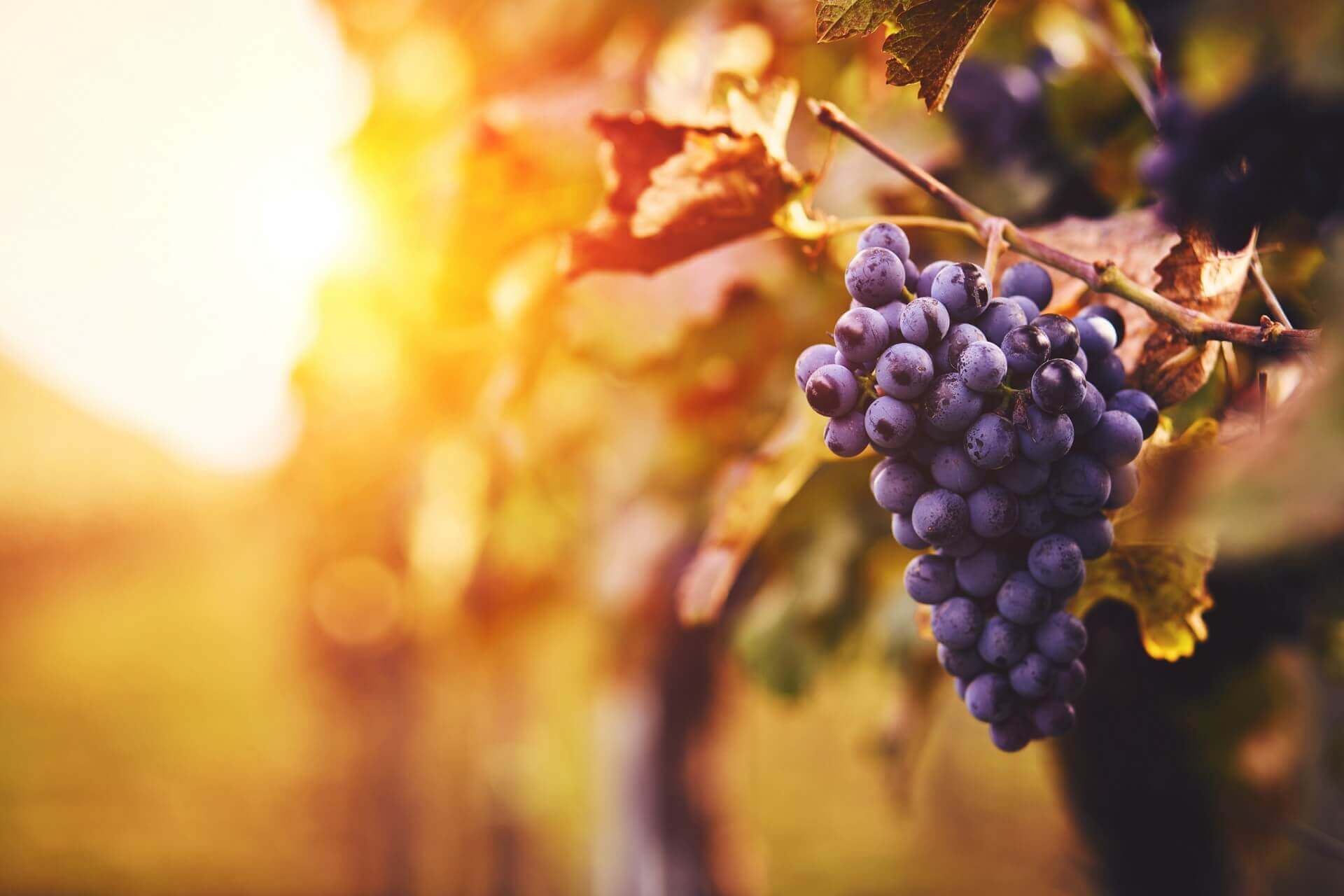
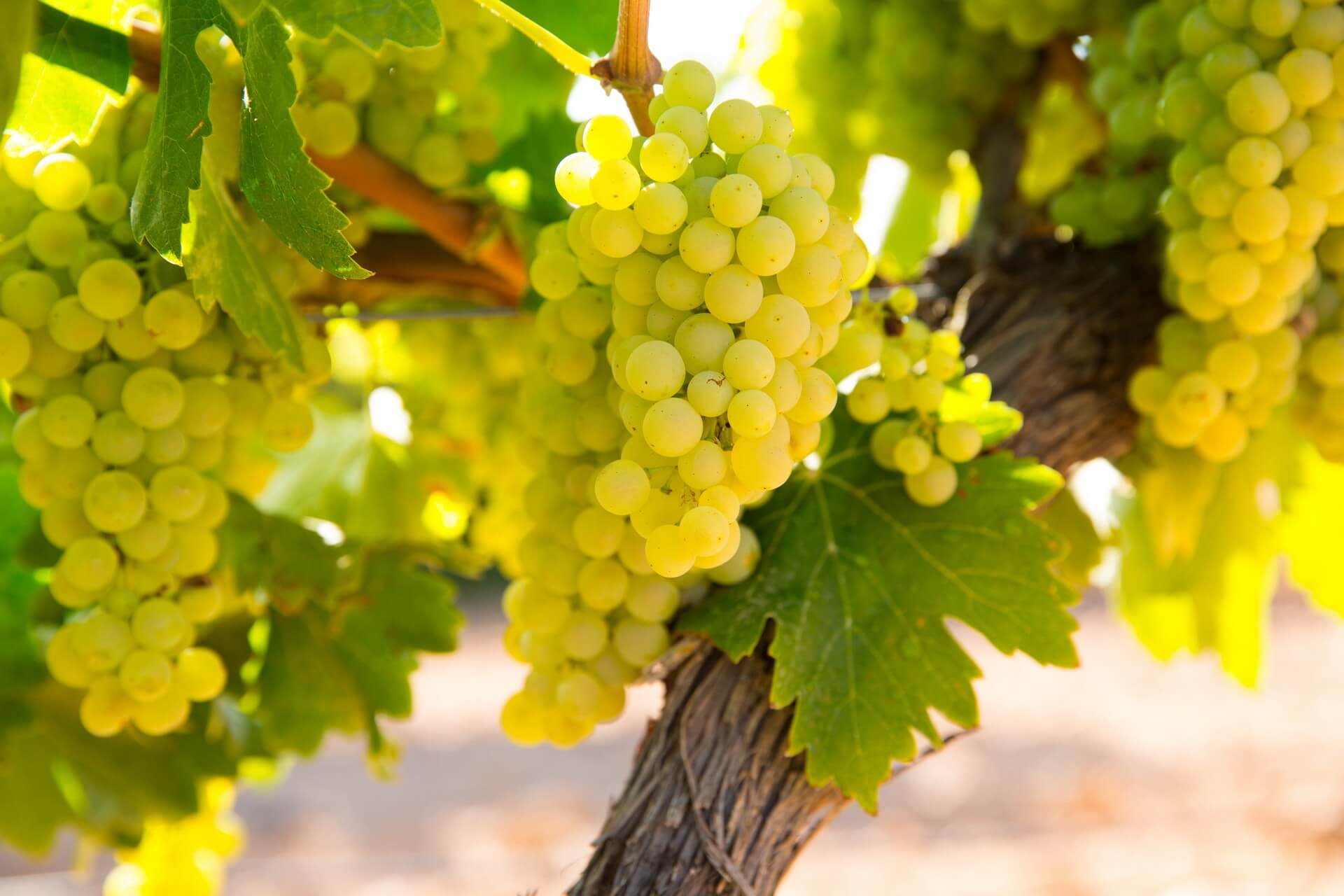
The Small Carpathian winegrowing region is home to ancient winegrowing villages and small towns like Rača, Svätý Jur, Limbach, Pezinok, and Modra, all with their winemaking souls and cellars wide open, including the National Wine Collection in Bratislava – this is the Small Carpathian Wine Region.
Soil Conditions: The geological substrate is primarily formed by the deposited cones of the Small Carpathian streams. The soil is clay to sandy, semi-skeletal. The southwestern part is dominated by fluvial sediments of the Morava River, as well as aeolian sands.
Climate Conditions: Characteristic for this region are large differences between day-time and night-time temperatures, reaching up to 15° Celsius during vegetation period.
South Slovak winegrowing region
Major river basins are predetermined to produce great wines. Just north of the Danube River lies a unique corner of the Slovak winemaking wealth. This area has been blessed by its location, sunshine, and microclimate. Three subregions in particular shine brighter than others : Štúrovský, Strekovský, and Hurbanovský. This region produced the marvellous Welschriesling, as well as the first Slovak Riesling, included in Robert Parker’s world-renowned Wine Spectator. Wines with attribute, ranging from late harvest to raisin selections, ice and straw wines – they all share unparalleled potential with undeniable terroir.
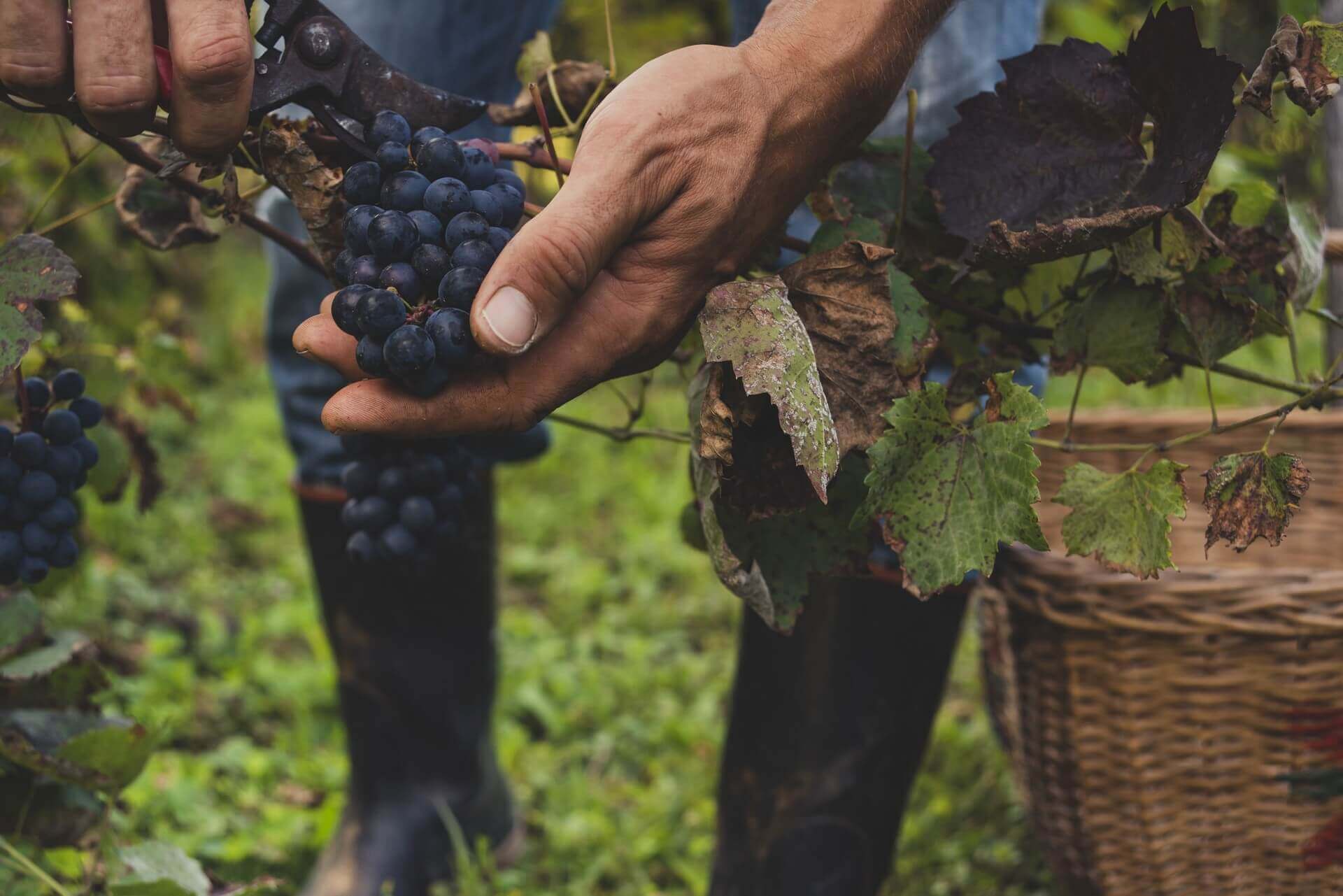
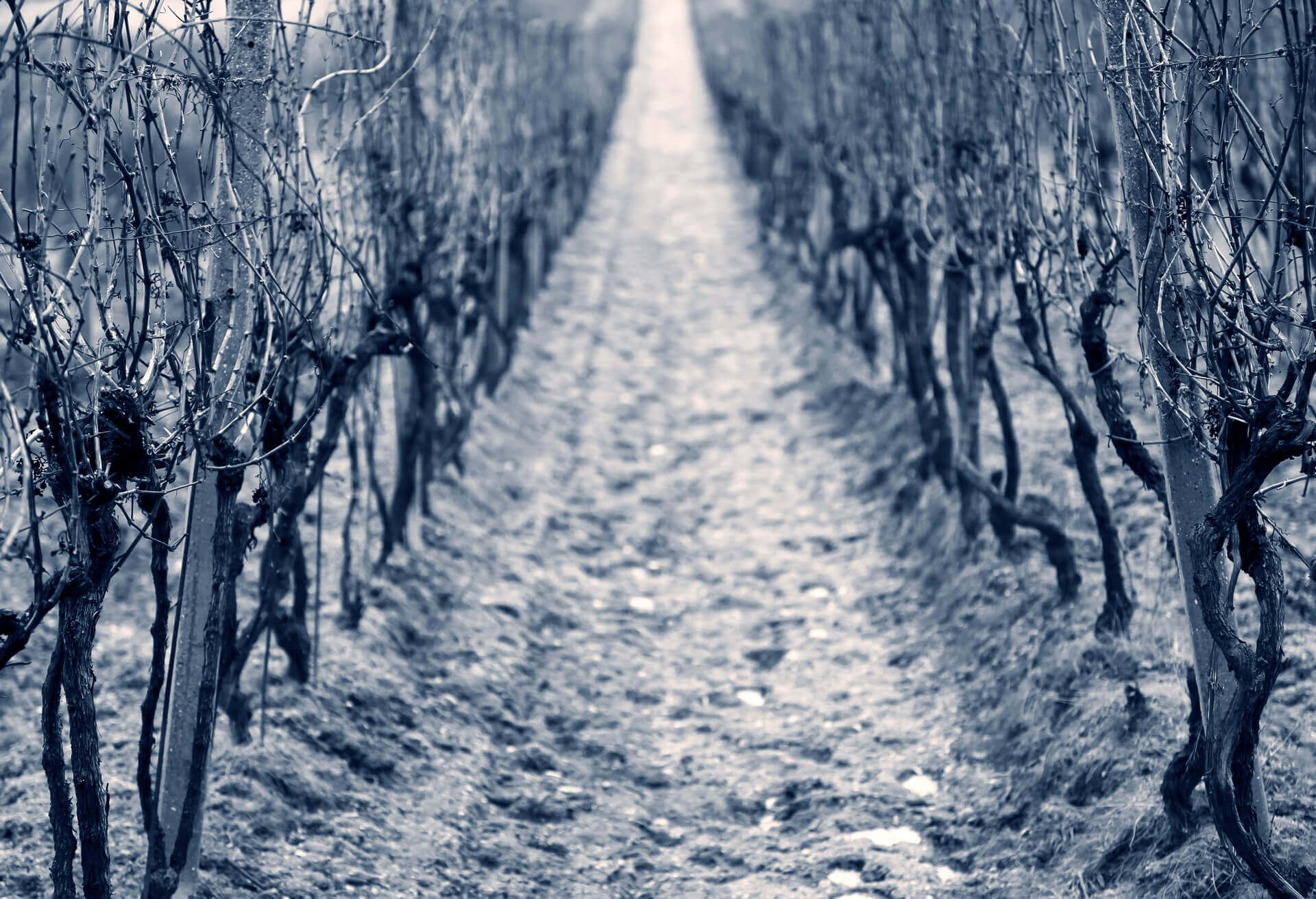
South Slovak winegrowing region also prides itself in its beautiful Chardonnay and Sauvignon, the white, grey, and blue variations of Pinot, as well as an unique central European version of Cabernet Sauvignon and Dunaj, Slovakia’s newest jewel. That is the South Slovak region.
Soil Conditions: Loess rolling hills form the vineyard foundation in the eastern and southern parts of the region. The fluvial sediments from the Danube and the gravels and sandy gravels are the foundation of the western part of the region.
Climate Conditions: This is the warmest part of Slovakia with the highest temperatures during the vegetation period. Temperatures can stay at or above 30° Celsius for extended periods of time. In comparison to the rest of the country, the vegetation period lasts two weeks longer.
Central Slovak winegrowing region
There are table mountains and then there are wine mountains. Such wine mountains reach up toward the sun in the southern part of central Slovakia. Again, the climate and soil composition are very distinct, rendering wines their youthful freshness and purity and reflecting the generosity of the local natural environment. Five white wines are noteworthy: Welschriesling, Grüner Veltliner, Müller – Thurgau, Gewürztraminer, Pinot Blanc. The region also offers a wonderful, ecologically clean version of Chardonnay. The red wines deserve praise for their pure varietal profile. Blaufränkisch made history at the 2002 international viticulture congress.

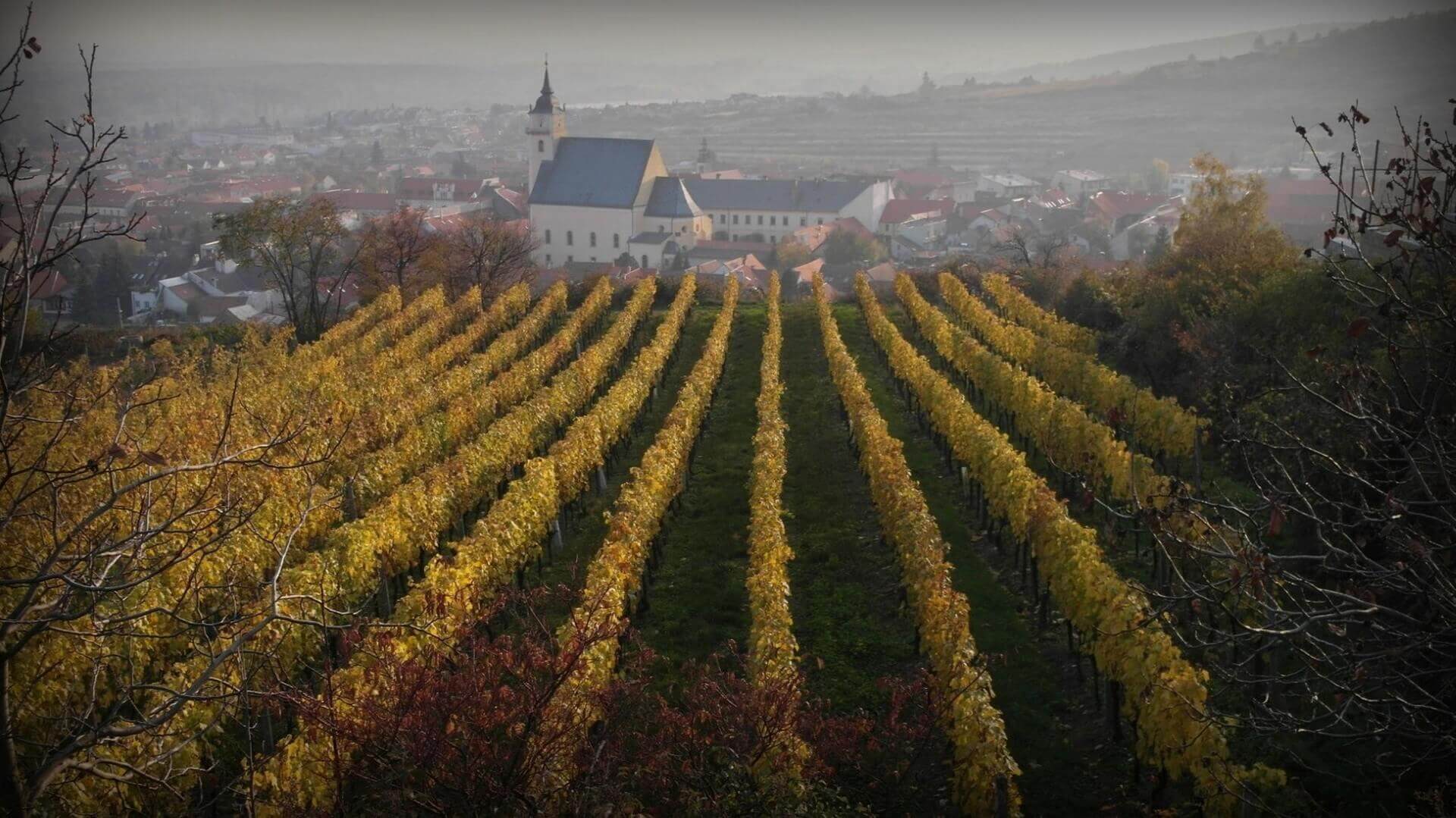
Saint Laurent and Blauer Portugieser carry the torch of the Slovak tradition with a modern twist, while Cabernet Sauvignon serves as evidence of unusual potential of the unique viticultural area.
Soil Conditions: Geological, primarily volcanic substrate which allowed the formation of fertile loamy to clay soils.
Climate Conditions: Mild and dry. Vine growing is made possible by an increased heat flow, resulting from local brown coal deposits.
Nitra winegrowing region
Wines that were indulged by Great Moravian monarchs, the English queen, and by the highest religious dignitaries come from a historically sacred Nitra wine region. It is a geographically and varietally diverse region, therefore typically Slovak. The rivers Dolný Váh, Nitra, Hron, and Žitava, the Považský and Pohronský Inovec mountain ranges, as well as Tríbec, Zobor, and Sitno mounts – they all define the originality of the location, the soil composition, and the distinct microclimate. Four winemaking towns and their traditions stand out: Nitra, Topolčianky, Vráble and Sereď.

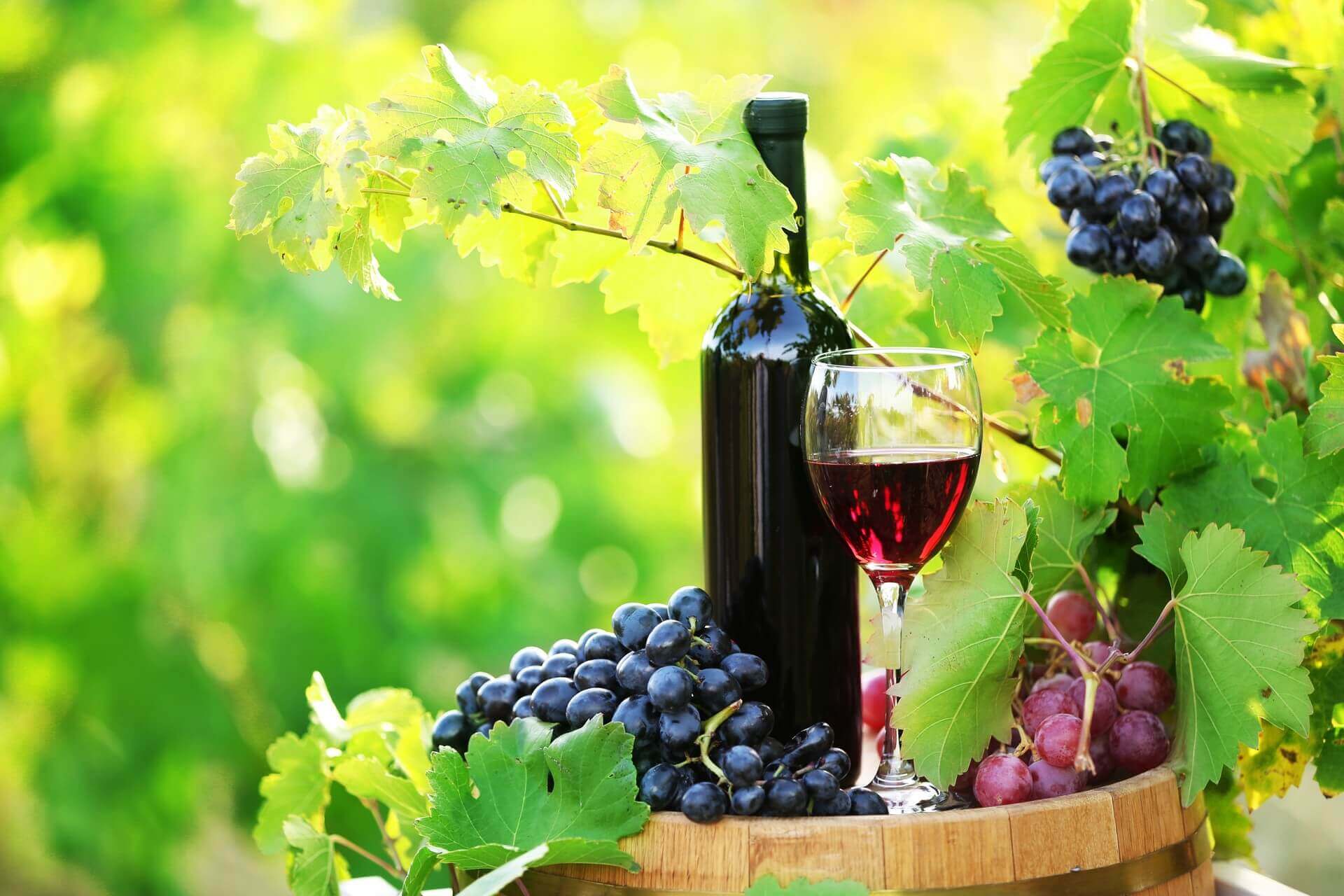
The region is also home to some amazing soloists: the famous Radošinský klevner, the rosé cabernets and Blaufränkisch from Topolčianky, Rieslings from Mojmírovce, Feteasca regala from Čajkov, as well as Gewürztraminer, Dievčie hrozno, Rulandské biele and Müller Thurgau. Plus, the one and only, Slovak sparkling wines from Sereď and Nitra.
Soil Conditions: The soil contains a high level of skeletal crystals with a mineral foundation resulting in a great diversity of vineyards in this region.
Climate Conditions: This is a very warm and dry lowland climate region. The varied topography of the region results in very diverse microclimate conditions which affect the variability of local wines.
Eastern Slovak winegrowing region
The inactive volcano of the Vihorlat mountain range and the rolling border of Východoslovenská nížina (Eastern Slovakian Lowland) frame up the area of the youngest winegrowing region in Slovakia. Its wines have soaked up traces of the conditions affecting the continental climate of the Russian and Ukrainian plains and the unique composition of the volcanic soils by Tibava and Sobrance. Pinot Blanc and Chardonnay – these wines are smooth and non-intrusive, yet memorable. Grüner Silvaner, Dievčie hrozno and Müller Thurgau are wines that are sufficiently extractive and spicy.
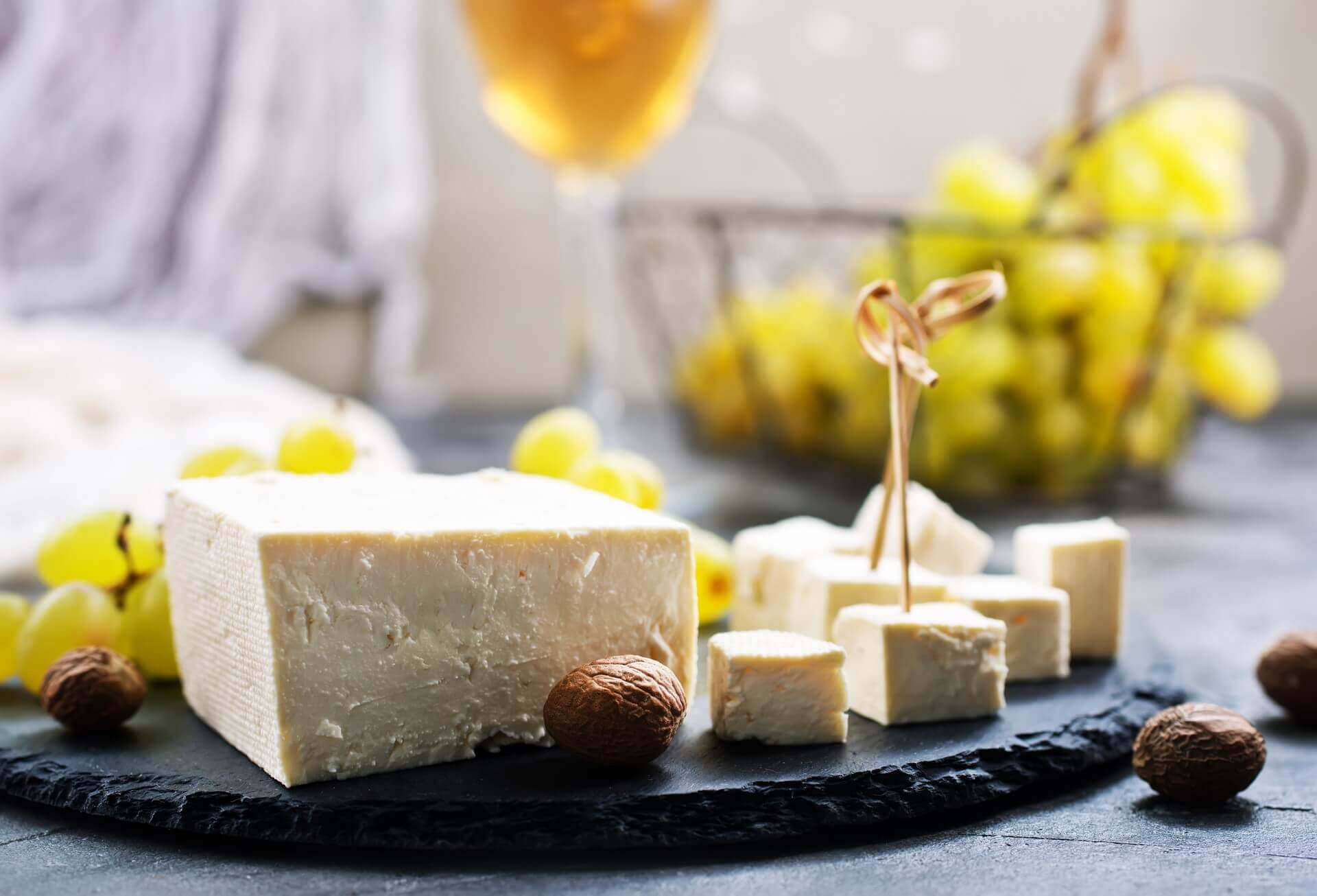
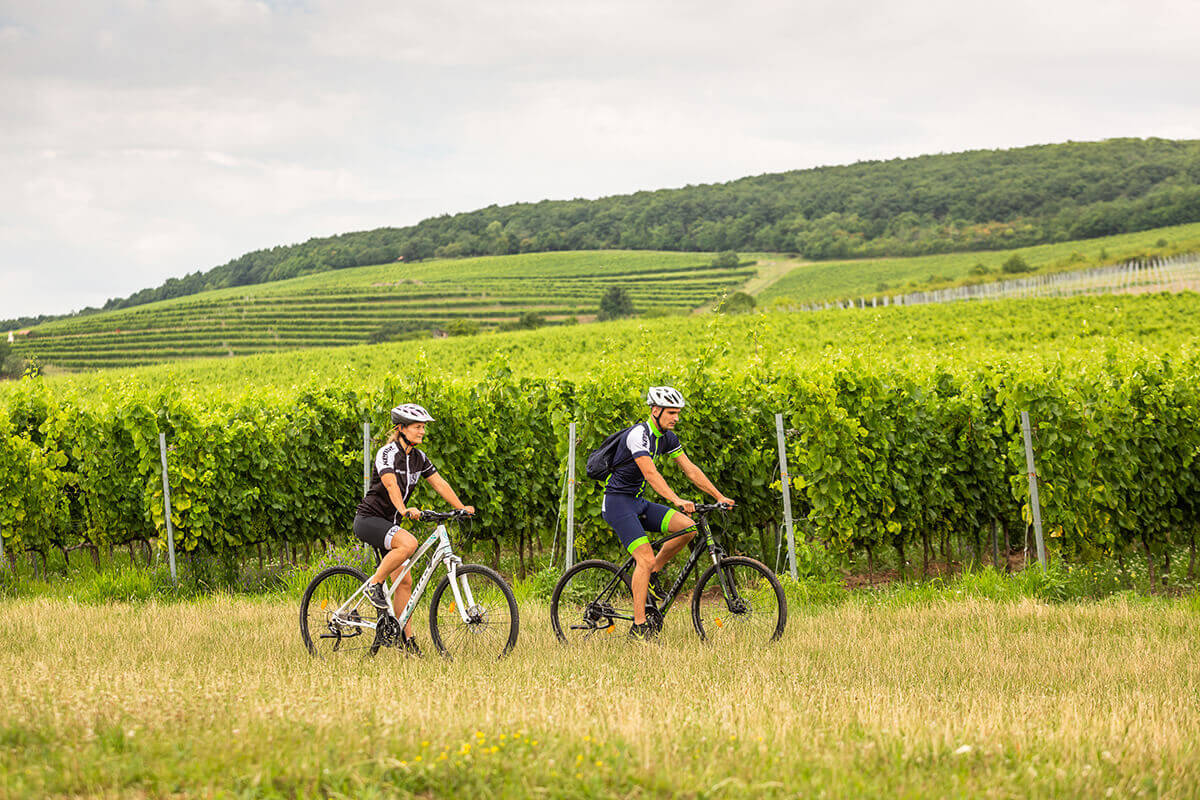
And, it is also home to Welschriesling, a quintessentially Slovak wine, strongly presented in its eastern Slovak version. The blue varieties are represented by malleable, bright ruby coloured Blaufränkisch and the increasingly popular Pinot noir.
Soil Conditions: The volcanic foundation of the Vihorlat mountain range forms the foundation of the vineyards‘ fertile soil, while fluvial soils are predominant in the rest of the region.
Climate Conditions: The differences between day-time and night-time temperatures are only seven to eight degrees Celsius. Temperatures remain extremely stable throughout the entire vegetation period, ranging from 24° C during the day to around 16° C at night.
Tokaj winegrowing region
Tokaj’s unique position in Europe rivals that of Bordeaux in France or Chianti in Italy. The wine that’s grown on both sides of the border between Slovakia and Hungary is majestic, timeless, and unlike any other. Its birthplace is closely linked to the core of Mother Earth. Southeastern slopes of Zemplín hills are a remnant of the Earth’s turbulent volcanic past. Beautiful autumn wraps local vineyards in foggy mists coupled with plentiful autumn sunshine. These conditions enable grapes to become “nobly rotten“ (Botrytis cinerea), producing a small, not annually guaranteed, raisin miracle of nature.
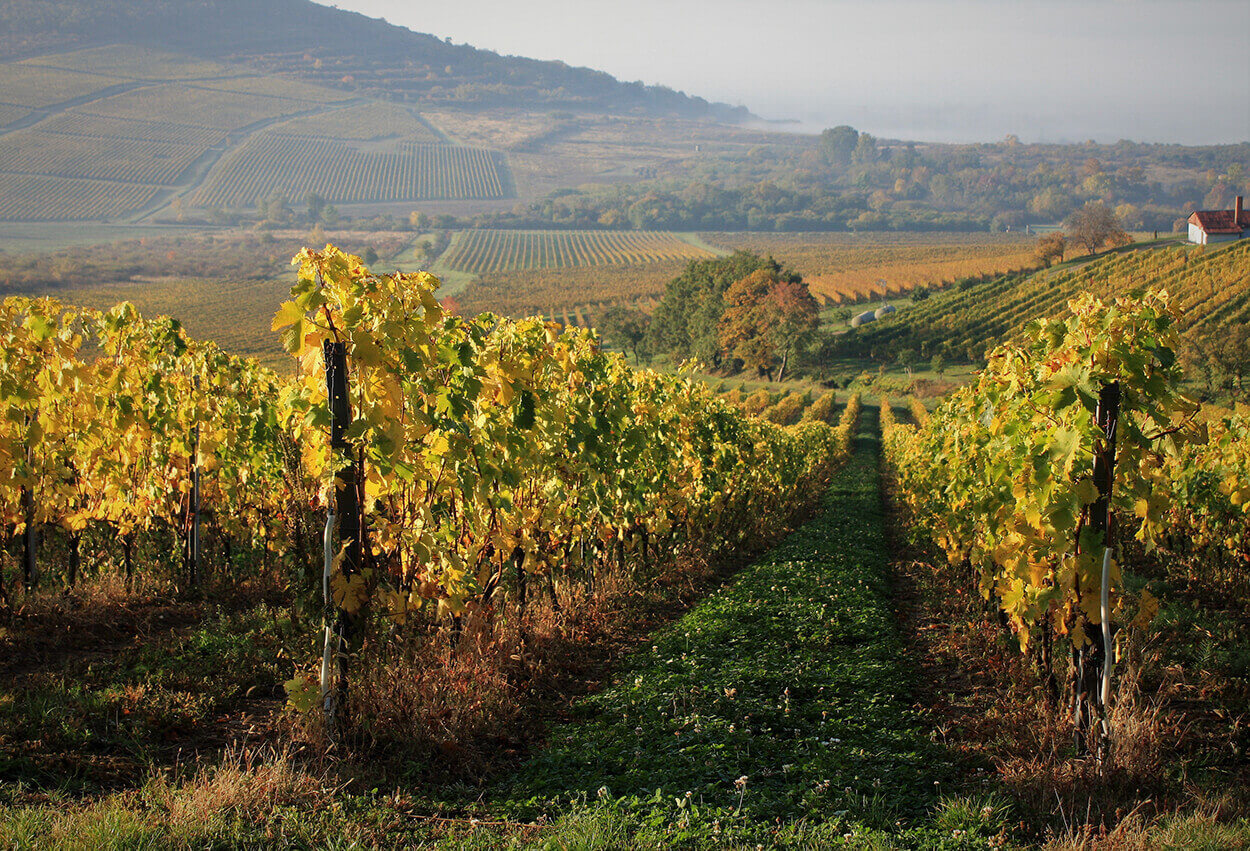
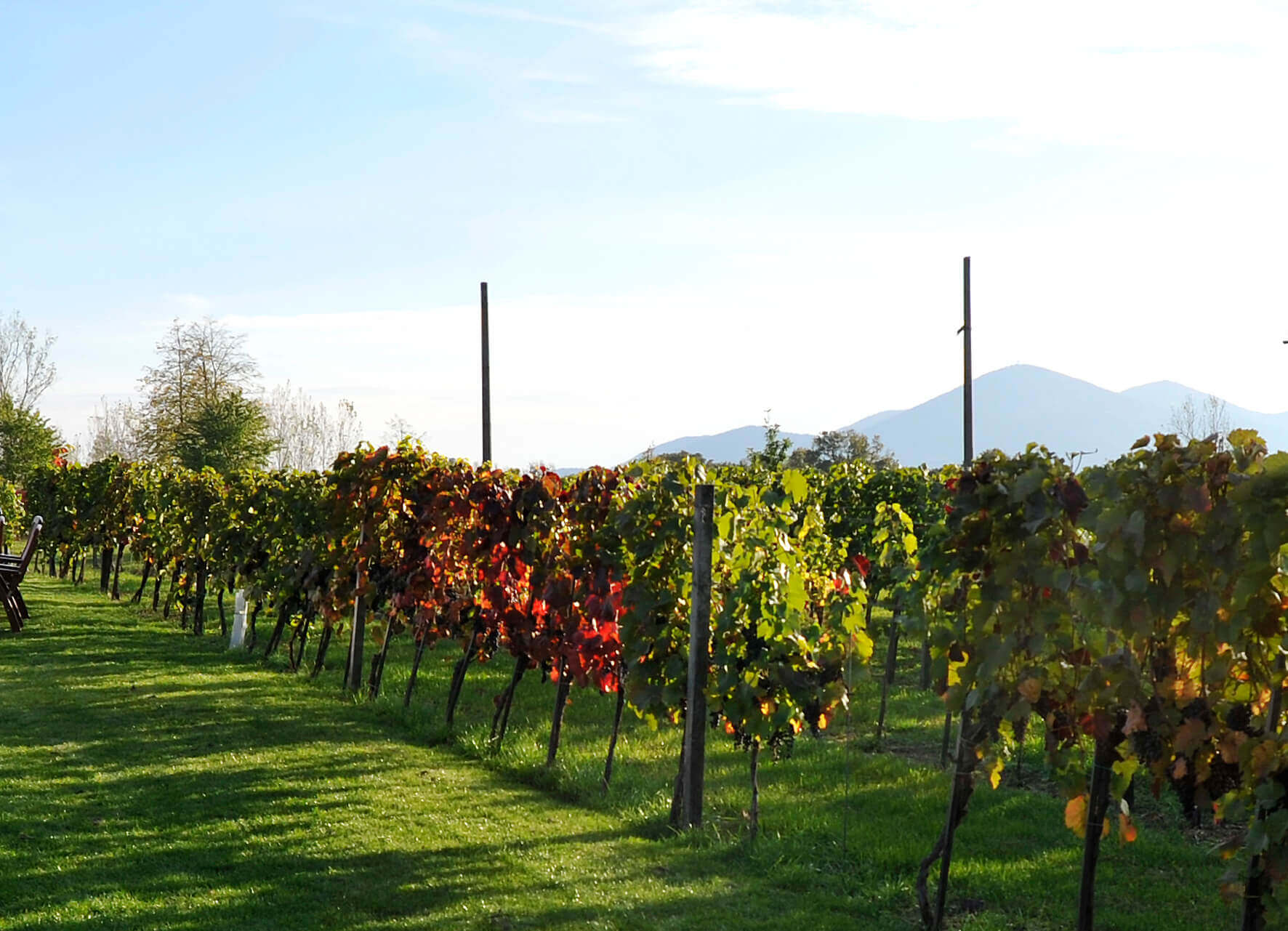
The time-tested varietal trio of Tokaj wines Furmint, Lipovina, and Muškát žltý, coupled with the slow oxidation technology in wooden barrels give birth to a mythical wine that continues to enchant wine lovers over and over again.
Soil Conditions: The soil is predominantly rocky and of volcanic origin. It is capable of absorbing sunshine during the day which continues to radiate at night causing the soil to keep its warmth even after a chilly night.
Climate Conditions: This region has a continental climate. The distinctive feature of the region is its long and dry autumn. Autumn mornings are foggy, stimulating the formation of nobly rotten raisins.
Grape varieties
There are currently 50 officially recognized varieties of Vitis Vinifera, which can be used for the production of high-quality wine. They include varieties found all over the world, such as Chardonnay, Pinot Blanc, Noir, or Gris, known in Slovakia as Rulandské biele, modré, and sivé, as well as Sauvignon, Gewürztraminer, Cabernet Sauvignon, Alibernet, St. Laurent, and Zweigeltrebe.
Slovakia masterfully produces varieties that are typical for central Europe, such as Welschriesling and Riesling, Pálava, Moravian muscatel, Müller-Thurgau, Irsai, Aurelius, Bouvierovo hrozno, Dievčie hrozno, Feteasca regala, Neuburské, Veltlínske červené skoré, or Grüner Veltliner. The blue varieties are represented by André, the up-to-now undervalued gem among blue wines – Blaufränkisch, and also Neronet. When comparing these wines with their counterparts from the neighbouring countries, Austria, the Czech Republic, and Hungary, the shared characteristic features of the central European region are undeniable: freshness, spark, harmony, and vitality.
But the true gems are the varieties cultivated specifically for us. Their taste personifies a piece of our country, as well as a piece of our own skill, tradition, and soul: Devín, Milia, Noria, Dunaj, and Grüner Veltliner. These wine varieties cannot be found anywhere else in the world. It is encouraging to know that more are already lined up: Hron, Váh, and Nitra. Finally, we mustn’t forget the tokaj varieties – Furmint, Lipovina, and Muškát žltý. A combination of their unique cultivation and winemaking technologies turns them into extraordinary wines.
